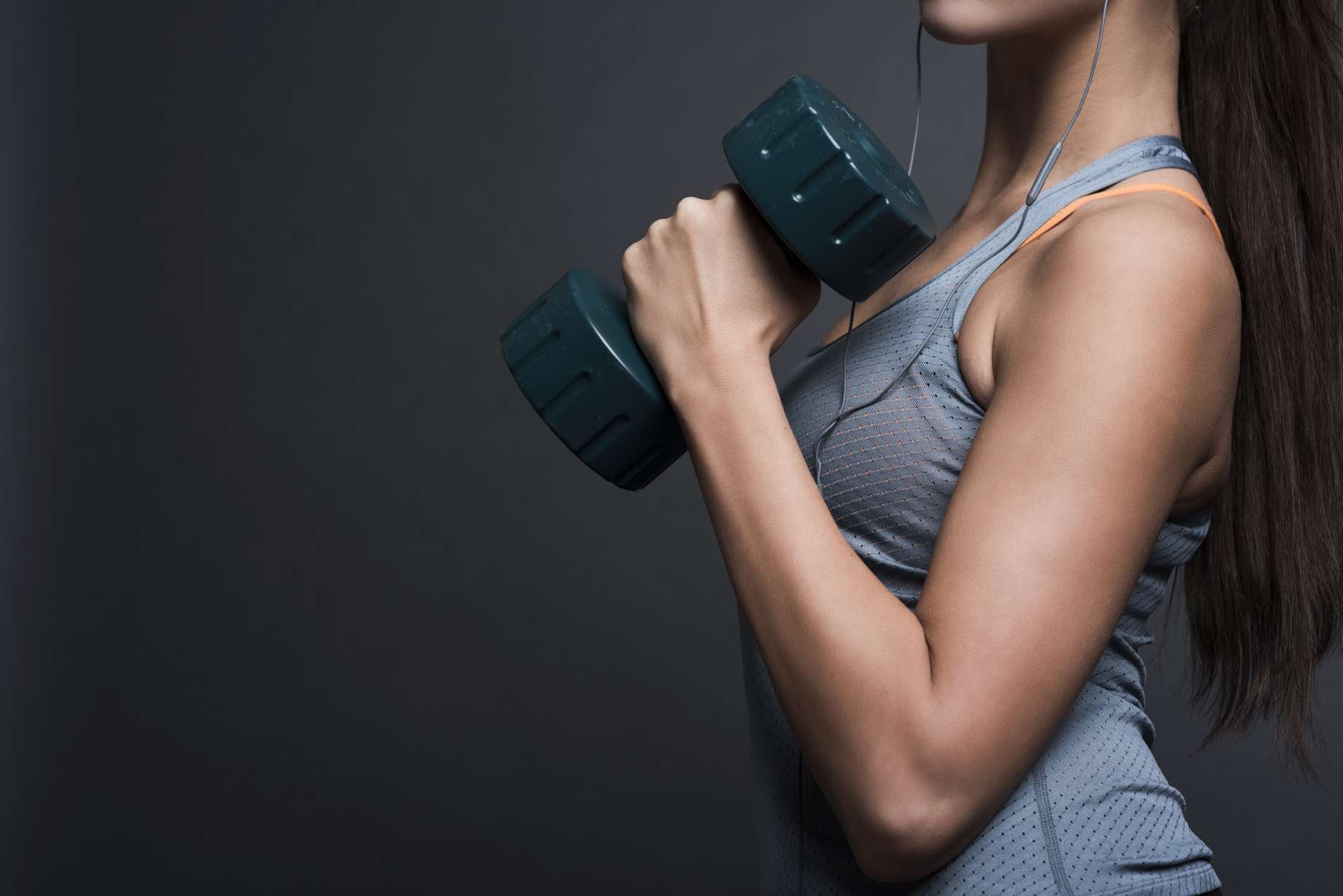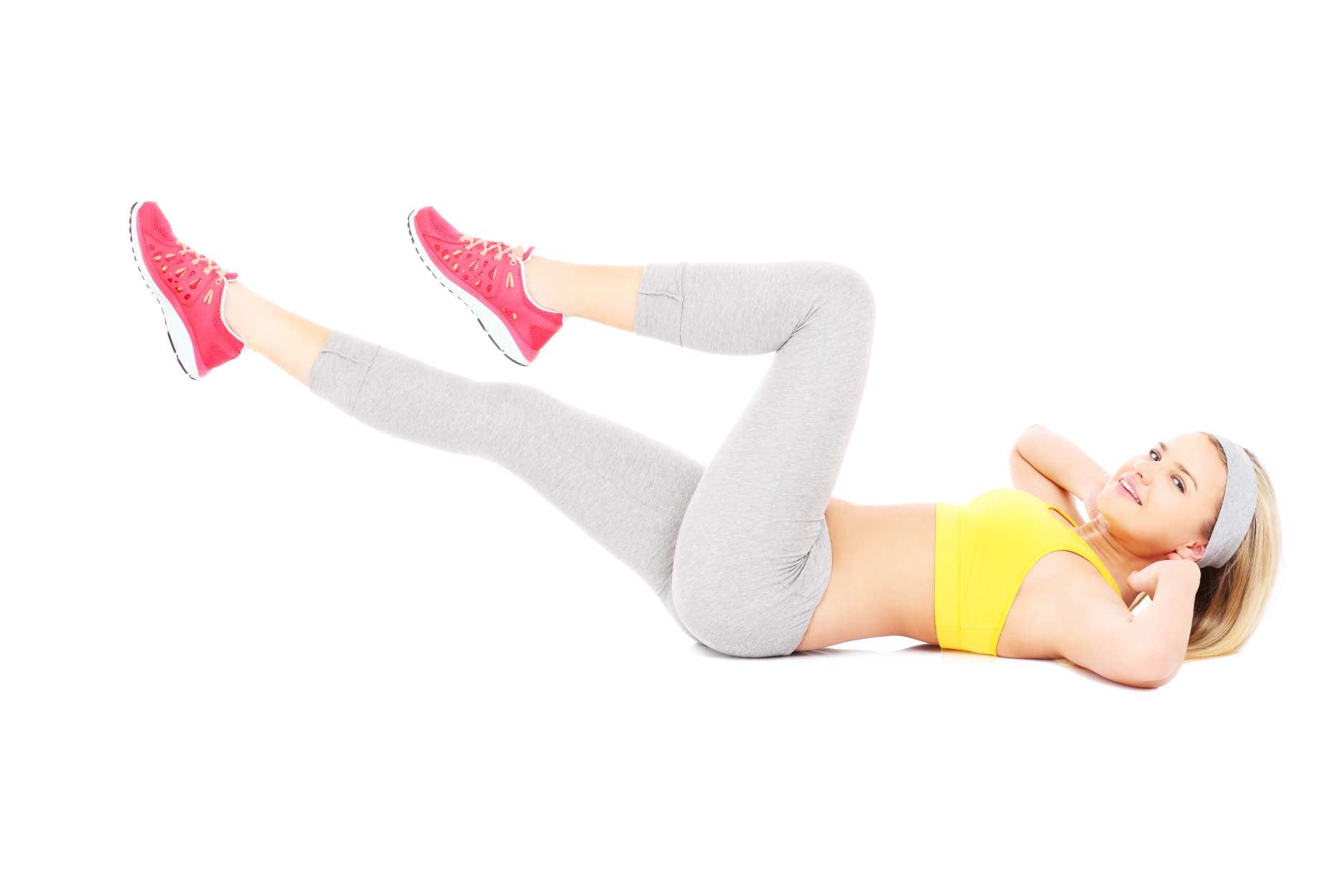4 Ways to Fix Front and Back Muscle Imbalances

Movement in humans is reciprocal. To ensure proper movement, there must be solid coordination between opposing muscle groups.
It is important to have a balance in muscle strength and length between opposing muscle groups for normal movement and function.
The differences in muscle function can impede your efforts while working out, resulting in serious injuries. When a particular muscle is weak or fatigued and the other is overactive, it causes your body to slump into a bad posture. Examples include an arched lower back or rounded shoulders. These bad postures will decrease mobility at your joints and cause some of your muscles to be stiff.
It is important to note that muscle imbalances occur around potentially mobile areas of the body – such as the hips, thoracic spine, and shoulders – but they can happen at any part of the body. So, what does a muscle imbalance look like? How do you know that you’ve got a muscle imbalance?
In this article, we’ll discuss the four commonest muscle imbalances, and how you can fix them.
- Rounded shoulders
Go shirtless and observe your posture in the side pose. Can you see your upper back? Even if it’s just one part? If yes, then you have rounded shoulders. Modern-day living has forced us to spend an inordinate amount of time on the computer. We completely forget about our chest at the gym and our pecs become tight while our shoulders are pulled forward.
To correct this imbalance, begin by stretching your chest and strengthening your back muscles. Do a single chest exercise per week for one month. Exercises that you should focus on include:
- Chest-supported dumbbell row

- Doorway pec stretch

- Wide-grip inverted row

- Lower crossed syndrome
A lower crossed syndrome is an imbalance between your lower back muscles and your abdominals. The best way to correct this imbalance is by focusing on exercises that strengthen your abs. Each of these exercises should be performed 10 times, doing up to three sets per row.
Exercises that you should perform include:
- Single leg sit-up

- Reverse crunch

- Swayback
People who have rounded shoulders probably have a hunchback. Correcting a swayback requires a completely different set of exercises compared to the rounded shoulders. Also, you have to work to gain back mobility and flexibility in your thoracic spine. The following stretches will help:
- Cat camel

- Segmental T/S extension

- Upper back weakness
Muscles of the upper back usually tend to get long and loose. As such, they have to be targeted specifically by rowing motions, where the weight is pulled towards you. The important thing to note is that shoulder blades should be pulled back and together while allowing your chest to stick out. It might be a small movement but it causes the muscles of your upper back to work hard.
Exercises that will help strengthen your upper back include:
- Face pull

- TRX row

What’s the conclusion?
Proper movement involves the coordination of opposing muscle groups with each other.
Consequences of muscle imbalance include:
- Unbalanced appearance
- Pain
- Limited mobility
Muscle imbalance can be addressed via targeted exercise. You must work with your trainer or a physical therapist to achieve this. They will help with diagnosis and also address whatever imbalances you may be experiencing.












